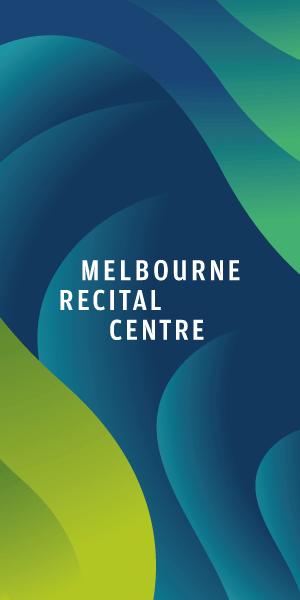Vertical village winter blues
Melbourne definitely had a frosty winter, but did we have to shiver?
August saw the release of a report by Better Renting – Cold and costly: Renter Researchers’ Experiences of Winter 22 – which claims that our winter indoor temperatures are often lower than home temperatures of much colder countries.
Funded by Energy Consumers Australia Limited, this project highlighted the extent of our “indoor-cold” and emphasised the link with poorer respiratory health, poorer cardiovascular health and adverse mental wellbeing, all of which place additional stress on our overburdened health system.
In fact, according to University of Adelaide researchers, Associate Professor Baker and Research Associate Daniel from the School of Architecture and Built Environment, 26 per cent of people across all housing types are unable to stay warm at least half of winter. They claim there is a pervasive myth in Australia that hot weather is the greatest danger to our health, while, in reality, it’s more likely cold weather will kill you.
So, what counts as “indoor-cold”?
According to The World Health Organization (WHO), to promote health and wellbeing, the recommended minimum home temperature is 18℃.
And why are we failing on our indoor temperatures?
The key culprit is poor design, and, in particular, inadequate insulation. This is because heat readily escapes through poorly insulated walls, ceilings and, notably, single-pane glass. The simple truth is that many colder countries are better at designing, weatherproofing and insulating, and, as a consequence, have more efficiently heated homes.
But surely, as many of our vertical villages are less than two decades old, we would have well insulated apartments? Our floor-to-ceiling glass windows and walls, a common feature of our high-rise abodes, would certainly be double glazed.
Regrettably, this is not the case.
This design fault was specifically highlighted by researchers from Melbourne University who were looking at the flip side of our “indoor-cold” predicament – that is, they investigated how Melbourne apartment designs coped with excessively high temperatures. In their 2017 examination, researchers modelled both old and new apartment designs in Melbourne, including an example of recent best practice design. Their finding was that most west-facing apartments – and quite possibly those in other orientations – would fail international standards.
“Hot-boxes in summer and ice-boxes during winter” – not the tag found in most marketing promoting our vertical villages.
The way forward, as agreed by researchers investigating both heat and cold scenarios, lies with introducing standards, as these would not impose significantly higher costs on new constructions.
The big problem, however, lies with retrofitting existing apartment buildings.
Here the challenges are manifold, starting with the absence of solutions tailored to our high-rise context. It remains the case that many available solutions, such as retrofitting double or adding secondary glazing, are designed for houses and are prohibitively expensive or not suitable for residential apartments.
Consider whether these panes might fit in your lifts!
Added to this are the needed approvals. Subject to your building’s rules, you will likely need authorisation from your owners’ corporation and if you are renting, then your landlord will also need to authorise (and fund!).
This said, better insulation of residential apartments is a health and wellbeing issue. And maybe the time is fast approaching that we vertical villagers needs to engage with health rights organisations, such as WHO, to shine a light on our systemic vulnerability. •

City of Melbourne unveils next urban forest plan for the CBD





 Download the Latest Edition
Download the Latest Edition